Last week there was a tremendous amount of buzz about the 1981 horror movie Roar. As I will discuss below, and if one were going to single out the best nature-horror movie of that year, it would not be Roar. But before we get to that point I just want to clarify what I mean by ‘nature-horror’.
On June 20, 1975 perhaps the greatest horror movie of all time was released – Jaws. I will have much more about Jaws in the months to come, my all-time favorite film. Jaws was immensely influential for a number of reasons. One of these being that it spawned a slew of imitators based on the concept of man eating beasts, or as referenced here: nature-horror. In the late 1970’s to early 1980’s horror fans were treated to such films as Alien (Jaws in space), Orca (Jaws as a vengeance minded killer whale), Grizzly (Jaws as a bear), Piranha (I once owned three piranha’s and other than when feeding they are actually quite tame fish), and of course Jaws II and III; as well a veritable cornucopia of lesser films (Tentacles, Barracuda, and so on….). During these years virtually every type of animal, real or imagined, was turned into a vehicle for scaring film-goers. And lions were no exception. Which brings me back to 1981 and Roar.
Directed by Tipi Hedren and Noel Marshall, Roar is famous for and promotes itself as “The Most Dangerous Film Ever Made” as seen by the official movie trailer:
Now, this is not just idle boasting. The film featured 130 big cats, including lions, tigers, jaguars, and more. During filming the cast and crew sustained 70 injuries. Many were quite severe. For instance teenage Melanie Griffith was mauled by a lion and needed facial reconstructive surgery. Director (and big cat activist) Tipi Hedren broke her leg in an accident riding an elephant, and was bitten by a lion (38 stitches). Co-Director Noel Marshal was slashed by a Cheetah, bitten on the hand by one lion, and dragged around the set by another lion. The film’s cinematographer, Jan de Bont was almost scalped by a lion. He needed 220 stitches to put his head back together. I could go on and on….
It ended up taking 11 years to make the movie (for a variety of reasons), and when it was all said and done Roar (which was ostensibly about a man living with wild animals but whose family gets attacked when they come to visit) bombed at the box office. It pulled in only $2 million even though it cost $17 million to shoot. To add insult to injury it wasn’t a good movie. Other than if you’re a Melanie Griffith fan, the only reason to see Roar is that several of the animal attacks on crew members and cast make it into the film – adding a certain authenticity to the experience.
Though Roar is currently grabbing all the attention what many forget is that in 1981 another similar and much better film was released – Savage Harvest. Taking place in drought plagued East Africa this film is about a pride of lions that attacks a family in their home. Again pretty basic stuff, even for the nature-horror genre.
But there are a couple of things that make this movie work where Roar falls on its face. This is not to say Savage Harvest rises to the level of Jaws or Alien. The film can be schlocky at times (especially early on), but it has some genuinely frightening moments. In addition it has Tom Skerritt (Dallas from Alien). He does a commendable job of playing the family patriarch. Furthermore, the movie takes the time to craft its characters so that you actually care about what happens to them. In particular, once the lions besiege the family Savage Harvest finds it’s footing. Check it out for yourself. The entire movie is available courtesy of You Tube:
Now in discussing Roar and Savage Harvest astute readers may have clued in on something else – the year. Ah yes, here we are again in 1981. In previous posts I have visited this year because it featured two of the all-time greatest werewolf movies. Now I’m back discussing two notable nature-horror films from the same year. Could it be that 1981 was the best year ever for horror-film fans? You will just have to stay tuned, because even though I have presented strong evidence toward making that argument I am not yet finished.
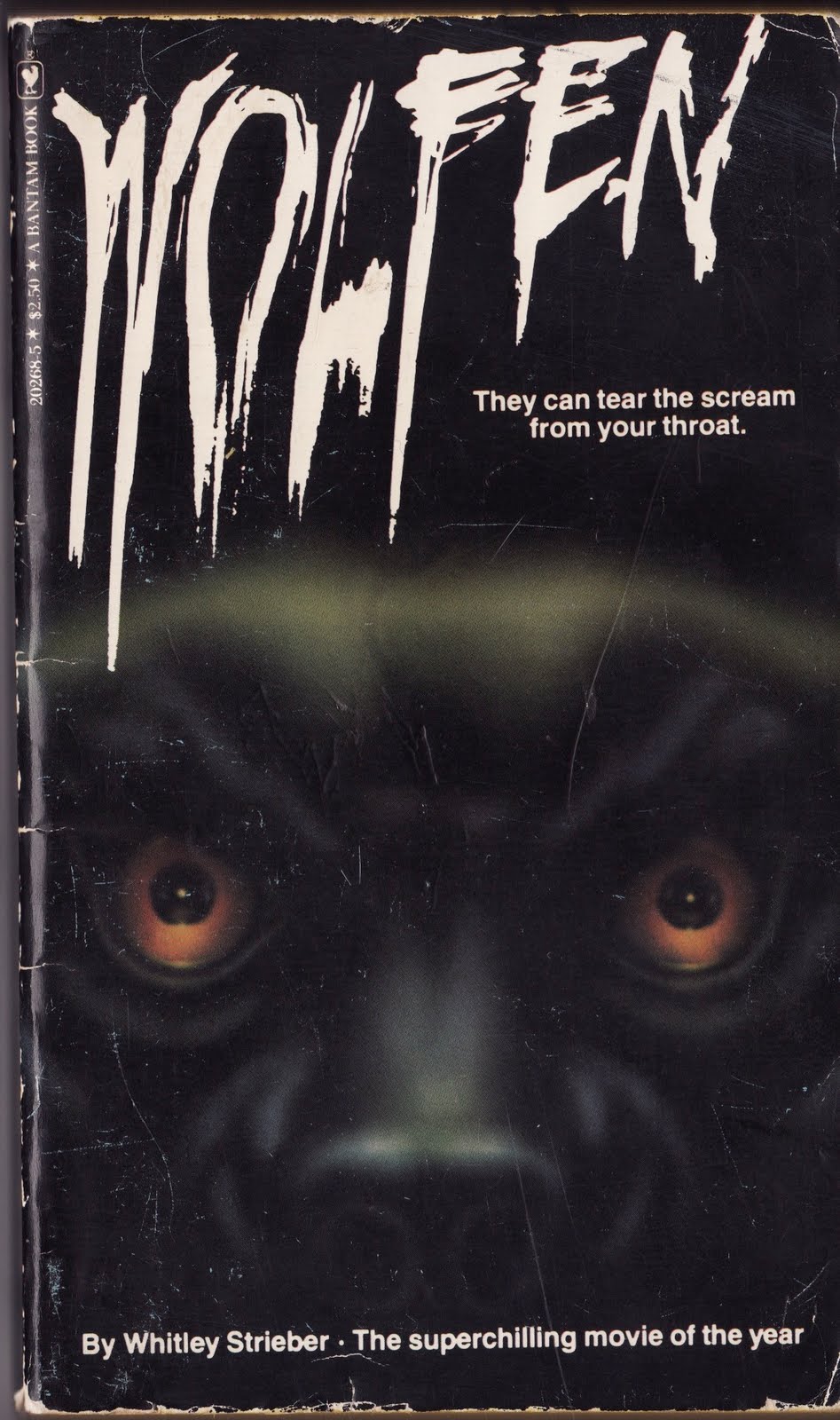
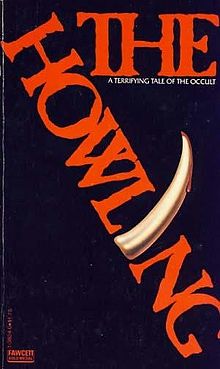
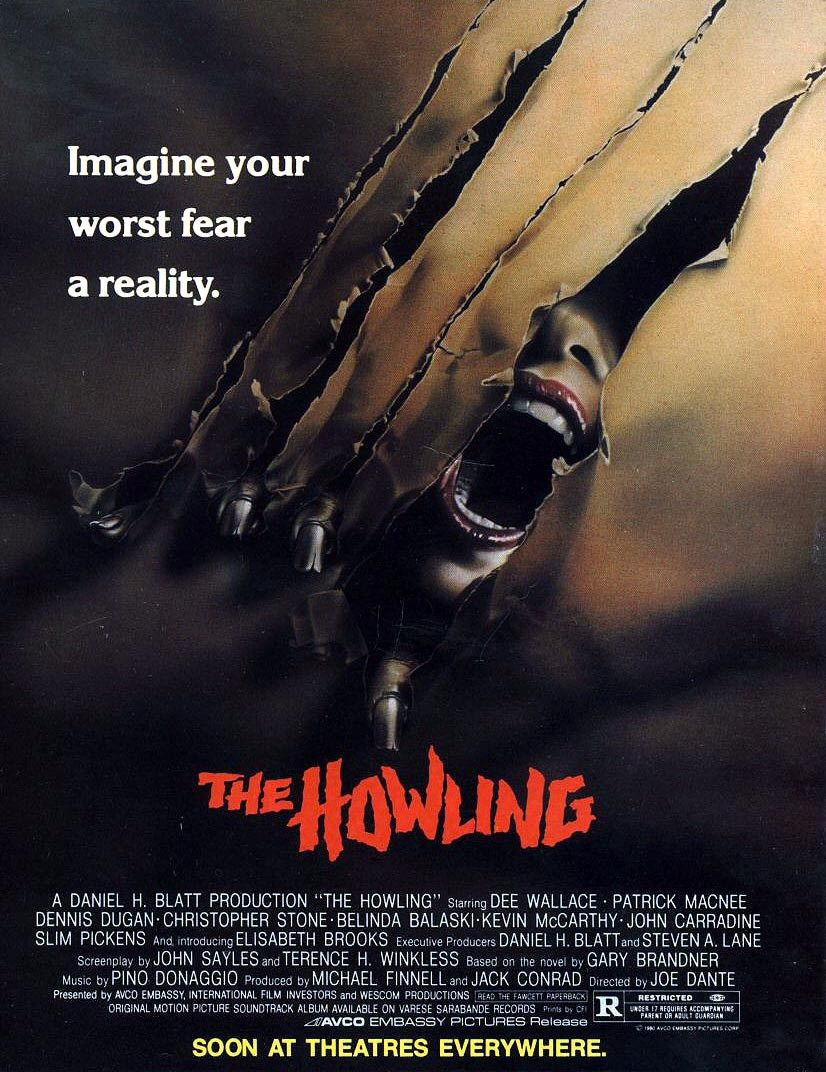
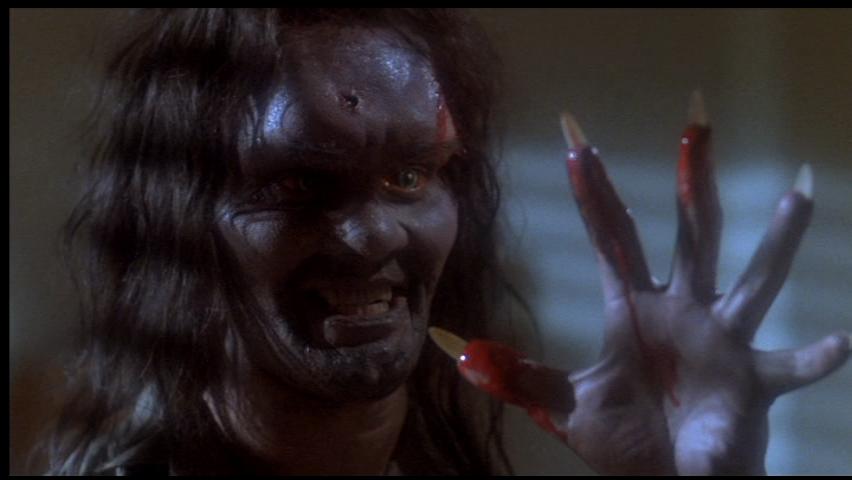
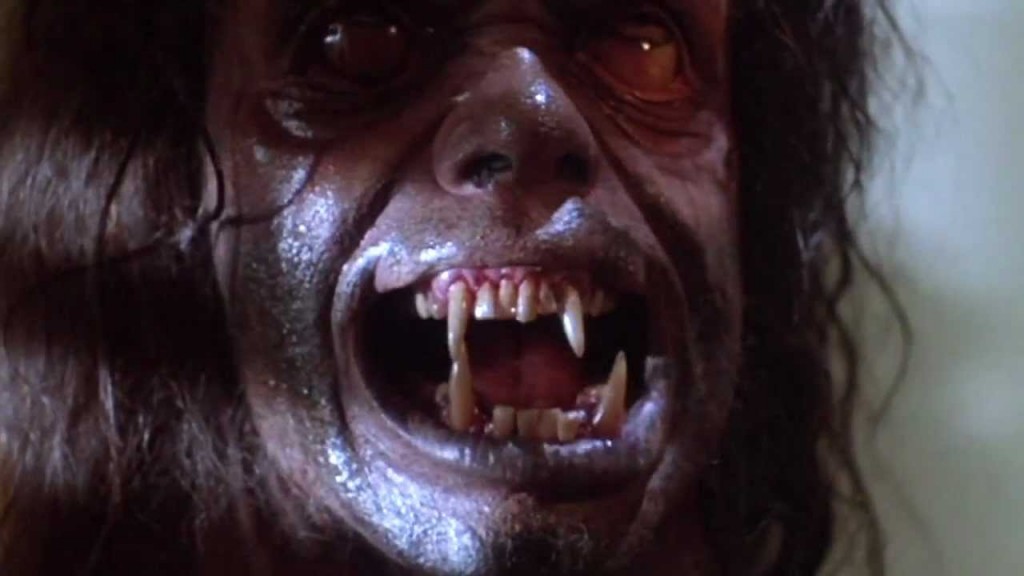
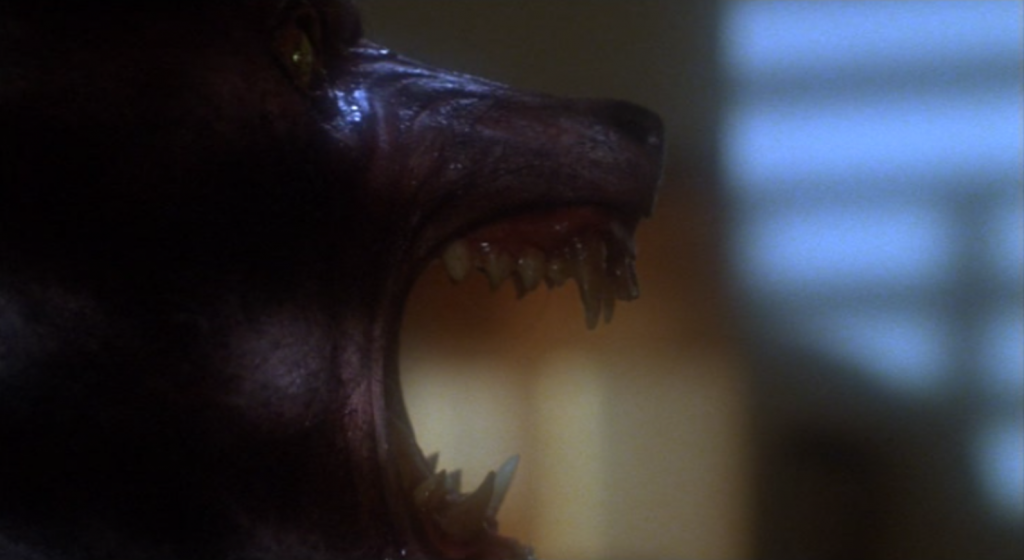
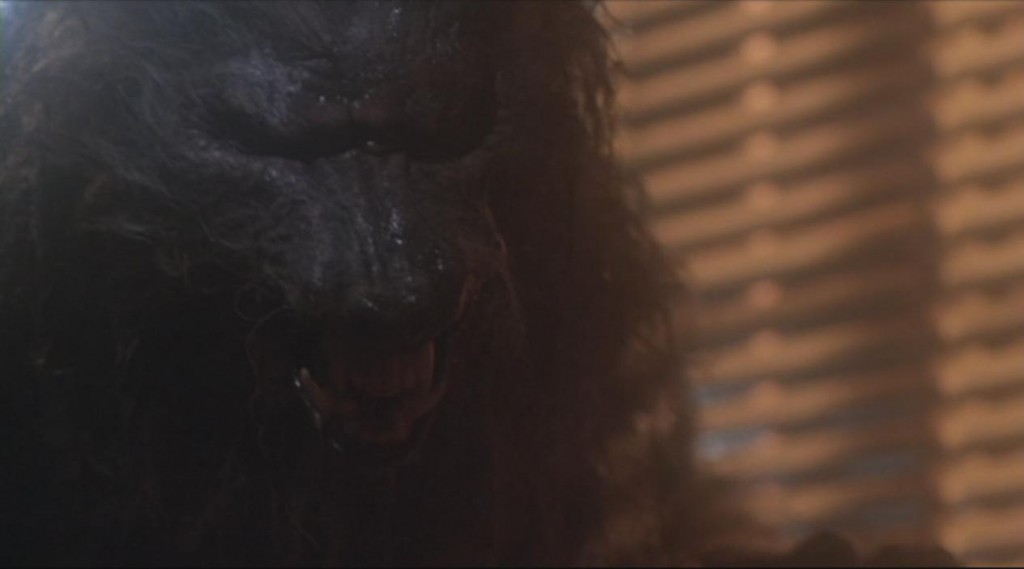
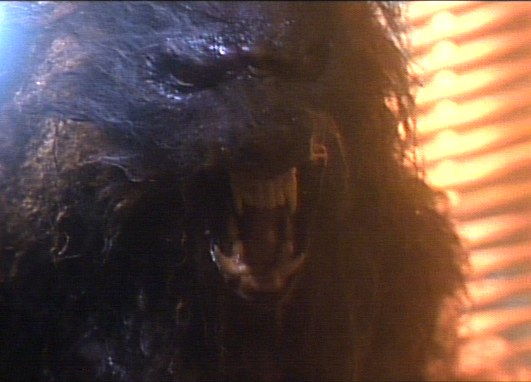
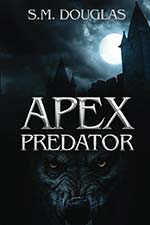
Recent Comments